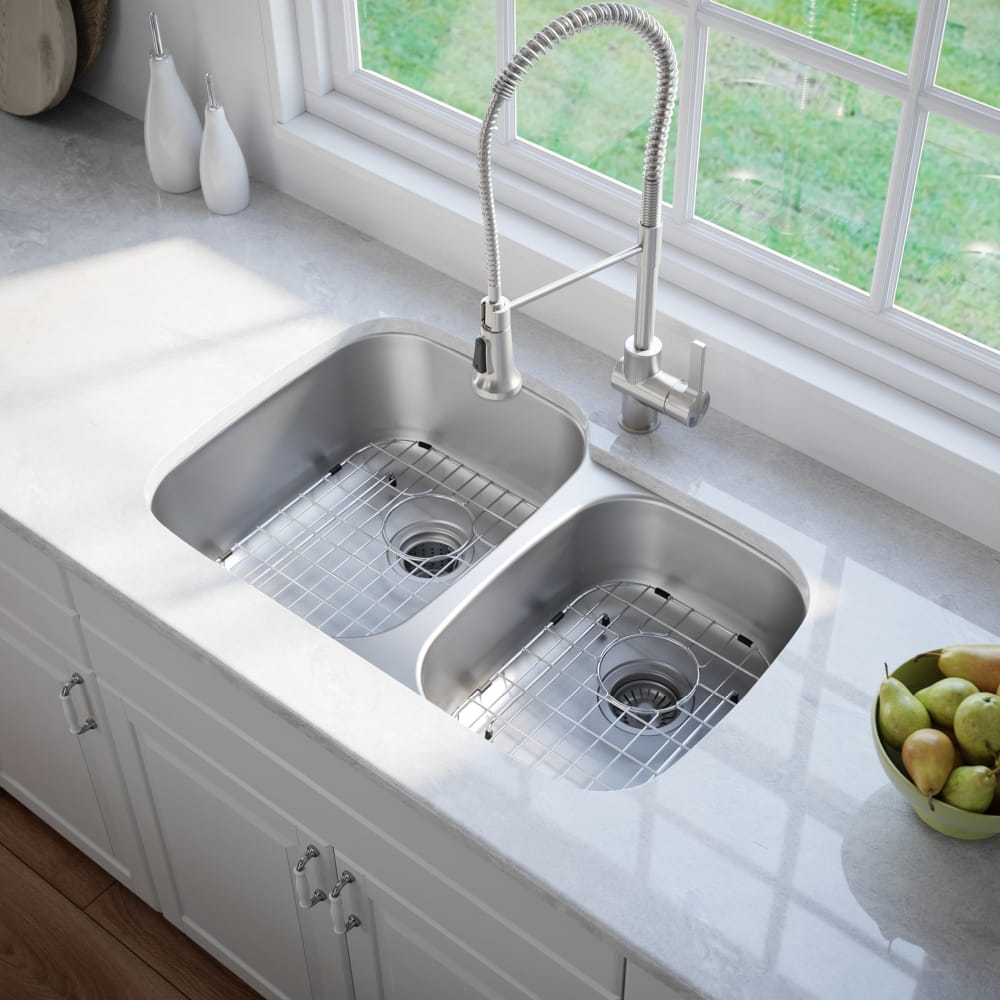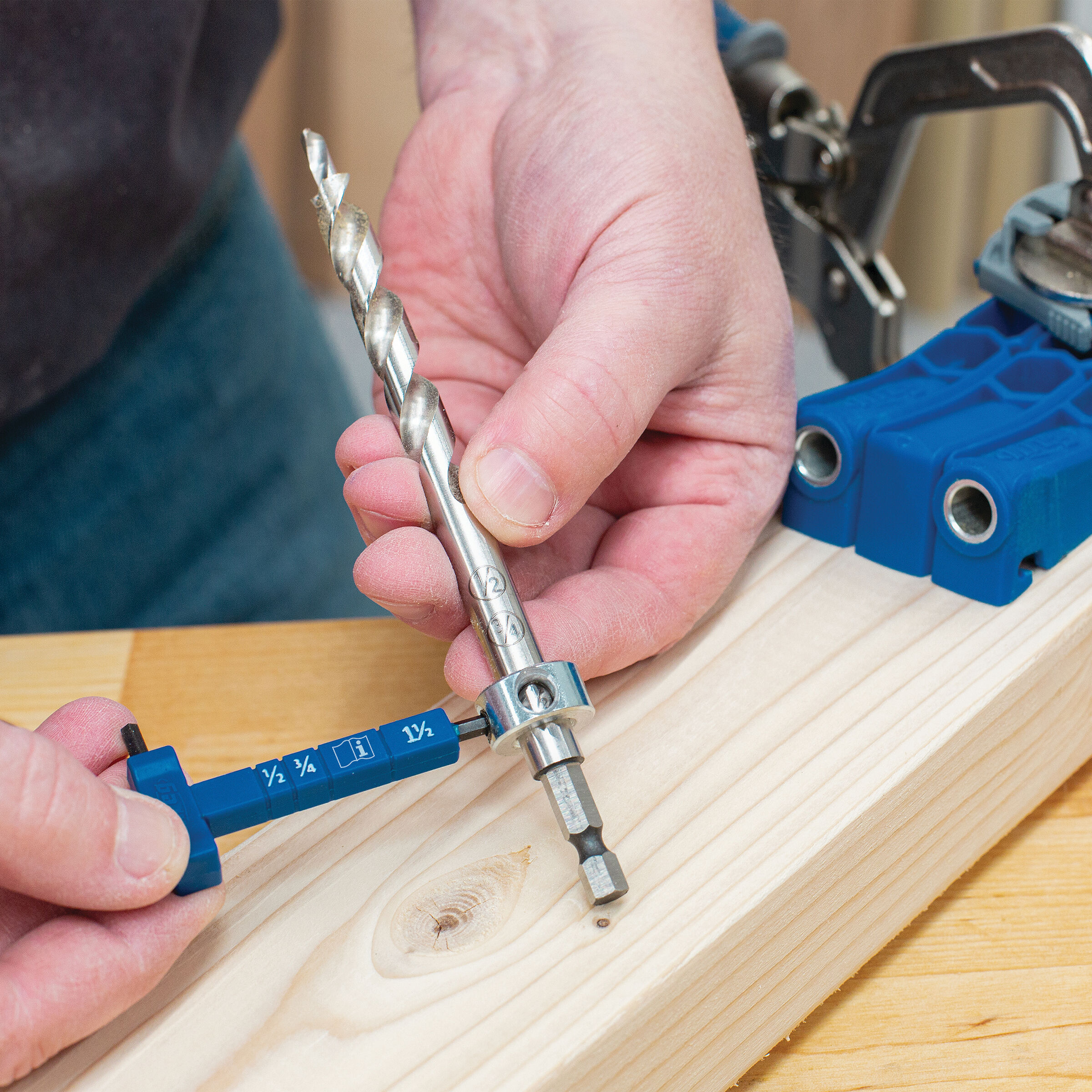
With this new anti-slip material, the workpiece is very stable. Increasing clamp pressure doesn’t always help and can mar the wood surface. If you have used an older Kreg Jig for any length of time, you may experience with the workpiece moving as you drill the pocket holes. The inside of the jig is lined with GripMaxx TM anti-slip material which holds the workpiece securely as you drill the pocket holes. The knob on the side can adjust the clamping pressure so it is just right to keep the workpiece in place. But sometimes, you might need more or less pressure. The Automaxx clamp automatically senses the workpiece and clamps it in place. The Kreg Jig 720 eliminates any possible errors by automatically adjusting to the thickness of the workpieces.Īs the Automaxx clamp moves up and down, so does the drill guide and clamps down when it reaches the thickness of the workpiece.Ī 2×2 board clamped in the Kreg Jig 720 Adjustable clamp pressure Measuring the thickness of the workpiece and setting up the jig accordingly is extremely important for success with pocket holes. The Kreg Jig 720 has a whole bunch of features that make it easy and fast to make pocket holes.
#KREG DEPTH GAUGE SET HOW TO#
I have a complete video below showing you all the features of the Kreg 720 and how to use it. Square drive bits to drive the pocket hole screws.Stepped drill bit – to make the pocket holes.Material support wings – to support longer boards.
#KREG DEPTH GAUGE SET DRIVER#

I then marked and predrilled where each foot would go and screwed them in place. This makes it possible to adjust the height with an Allen wrench once the workbench is complete. In order to hide the adjustable feet, I drilled an access hole for each in the bottom shelf. Note that I wanted to maximize the storage space, so I moved the bottom shelf down as far as possible and since the top will have roughly a 5” overhang, a toe-kick isn’t necessary. I also went ahead and attached the middle leg and then repeated the process for each shelf. Next, I spaced the rear two legs apart on the floor and, after clamping the frame in place, I screwed them together using 2” decking screws.


I then transferred those marks to all the other legs. I started by marking on one leg where the top and each shelf would attach. Now that the shelves were finished, it was time to finally assemble the table. After a little design work in SketchUp, it was time to start building! I also couldn’t pass up the opportunity for more storage, so I decided to include two large shelves. And in order to meet the outfeed support requirements, I wanted it to have adjustable feet so that the top could be leveled with my table saw. This meant having a large, flat top that wouldn’t immediately soak up paint and glue. Since I’ll be building a second Roubo-style workbench for hand-tool work, I wanted this one to work well for assembling and finishing projects. So to solve this problem and to replace a small workbench that has seen better days, I decided to build a large workbench which would provide outfeed support for boards up to 8’ long. Roller stands can help some, but they can be annoying to setup for different length boards and lighter weight ones have a tendency to tip over at exactly the wrong time. You don’t have to use a table saw for long to realize the importance of having nice outfeed support when ripping longer material.


 0 kommentar(er)
0 kommentar(er)
